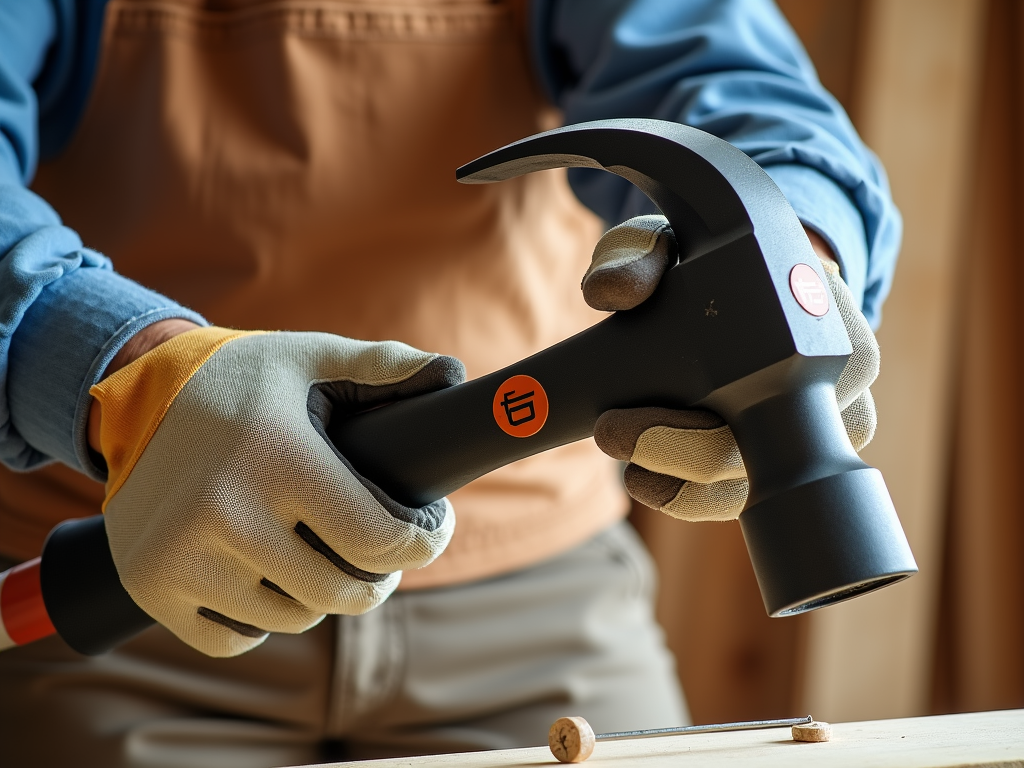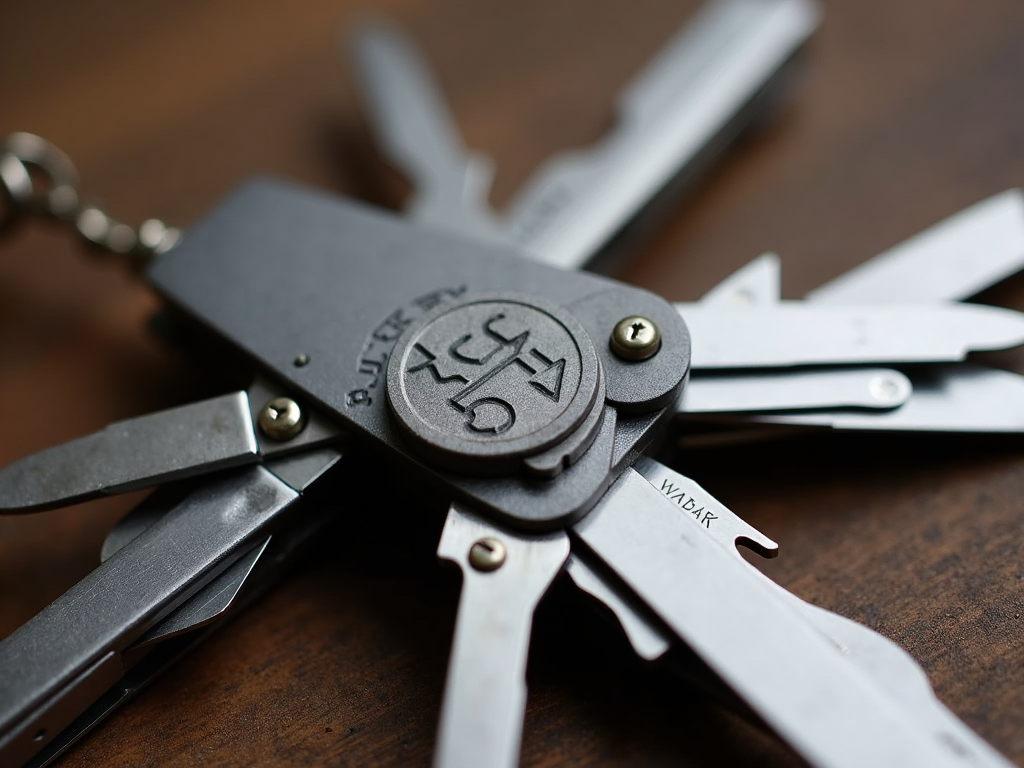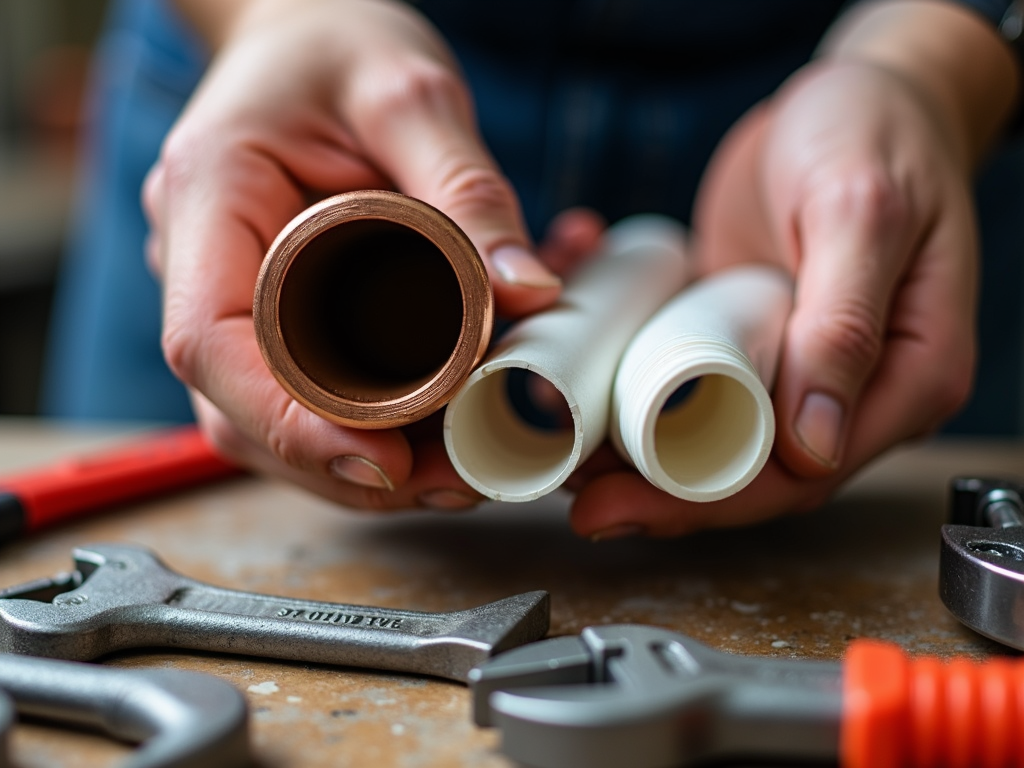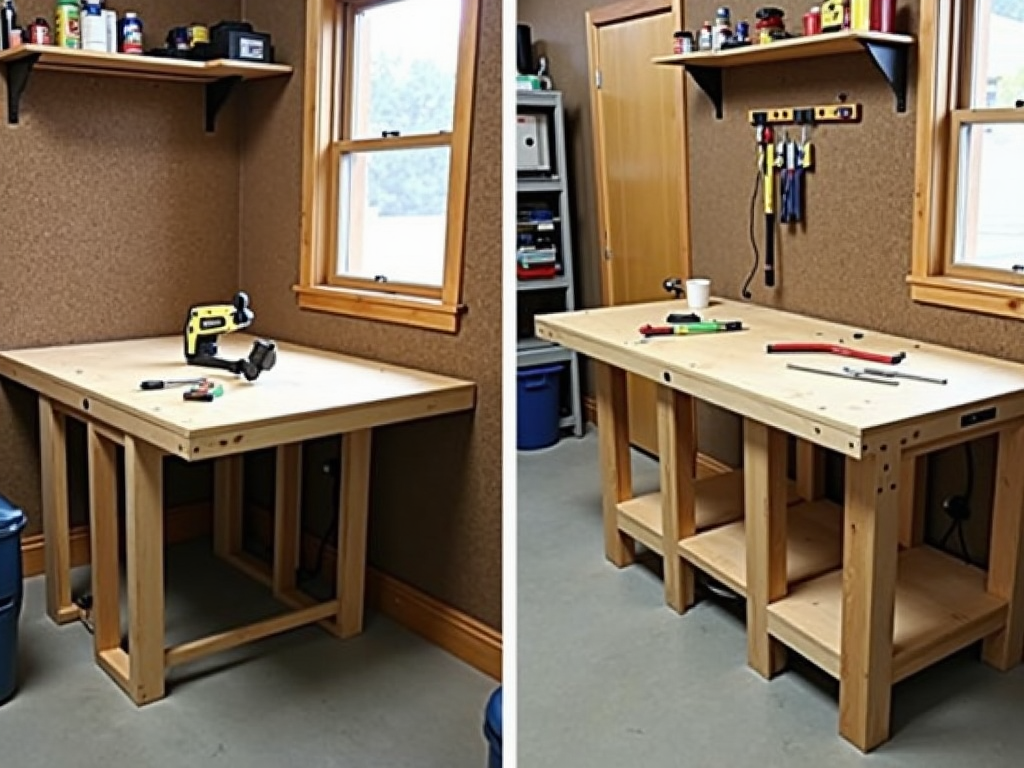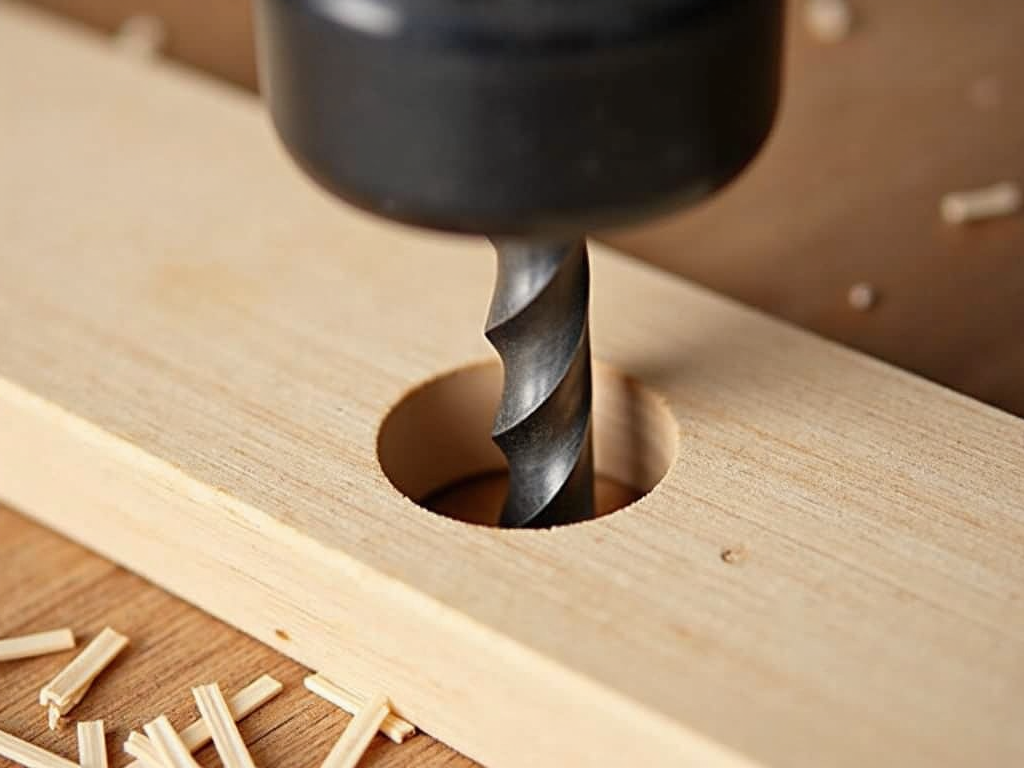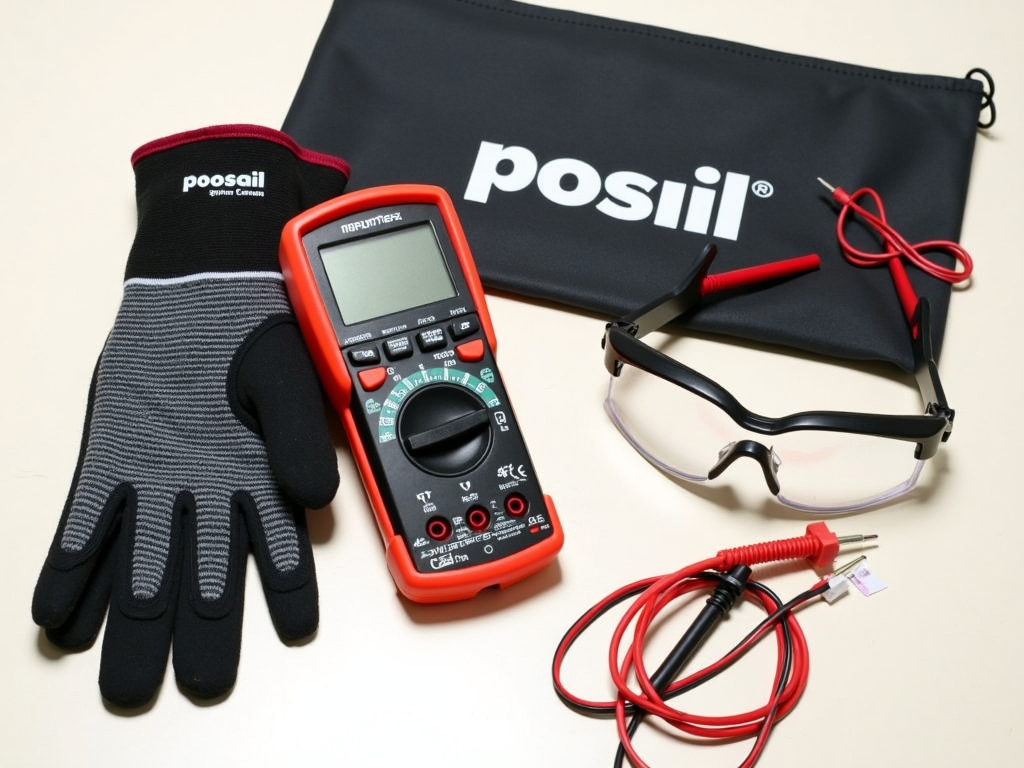Overview
A tool belt keeps your workman tools close, making any job easier. With countless options, picking the right one can feel tricky. This ultimate guide to choosing the right tool belt for you simplifies the process with practical advice.
Why a Tool Belt Matters
Imagine climbing a ladder, only to realize your hammer is out of reach. A good tool belt solves that. It holds your tools securely, boosts efficiency, and keeps you safe. Whether you’re a pro or a DIY fan, the right tool belt makes a difference.
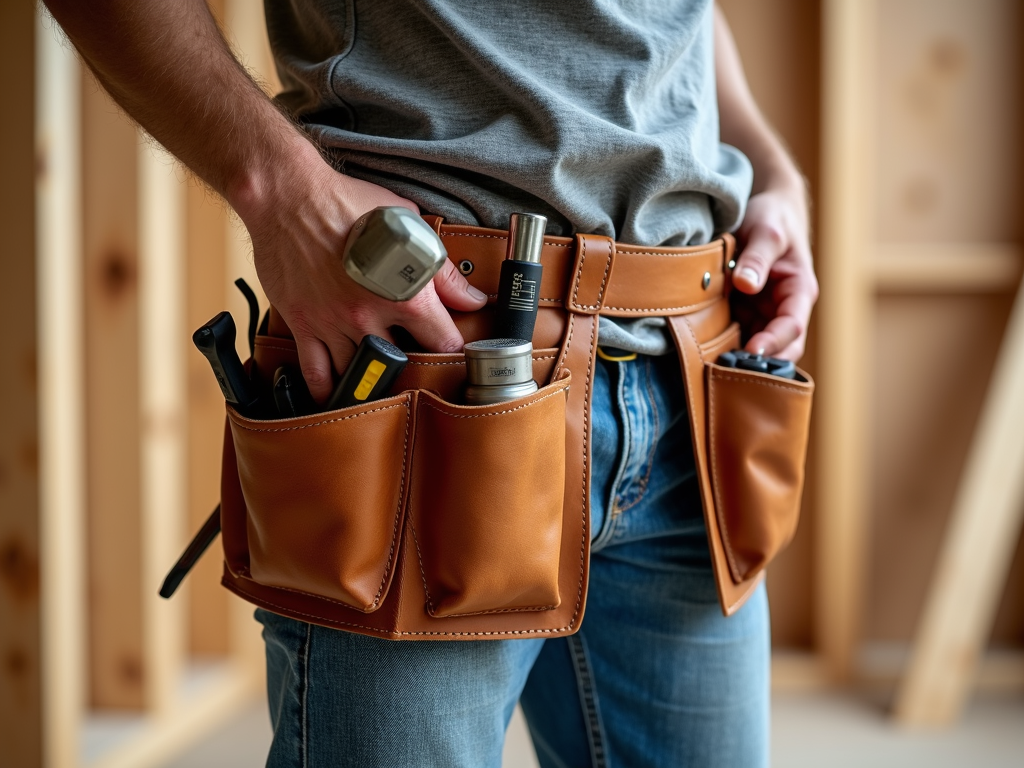
Types of Tool Belts
Tool belts come in different materials, each with strengths and weaknesses. Let’s break it down.
-
Leather Tool Belts: These are tough and look sharp. They handle heavy use and last years. But they’re heavier and cost more. I’ve used leather belts on big projects—they feel solid but take time to soften up.
-
Nylon Tool Belts: Lightweight and budget-friendly, these resist water well. They’re great for quick jobs, though they wear out faster. I’ve found nylon perfect for lighter tasks.
-
Canvas: A middle ground—durable yet not too heavy. It’s less flashy but gets the job done.

| Material | Pros | Cons |
|---|---|---|
| Leather | Durable, stylish | Heavy, pricey |
| Nylon | Light, affordable | Less durable |
| Canvas | Balanced | Plain look |
Features to Consider
Choosing a tool belt means looking at what it offers. Here’s what matters most.
-
Pockets: More pockets mean better organization. I like at least five for my essentials.
-
Fit: Adjustable straps are a must. A bad fit ruins your day—trust me, I’ve been there.
-
Comfort: Padding helps on long shifts. It’s a small detail that saves your back.
-
Durability: Strong stitching and materials last longer. Check reviews before buying.
-
Built-in Storage: Tool belts with built-in storage, like hammer loops, keep things handy. I love not digging for my tape measure.

Finding the Right Size
Size affects comfort and use. Measure your waist over your clothes—tool belts sit on top, not like pants. Check the maker’s chart. I once grabbed a belt too small; it pinched all day. Get it right, and you’ll barely notice it’s there.
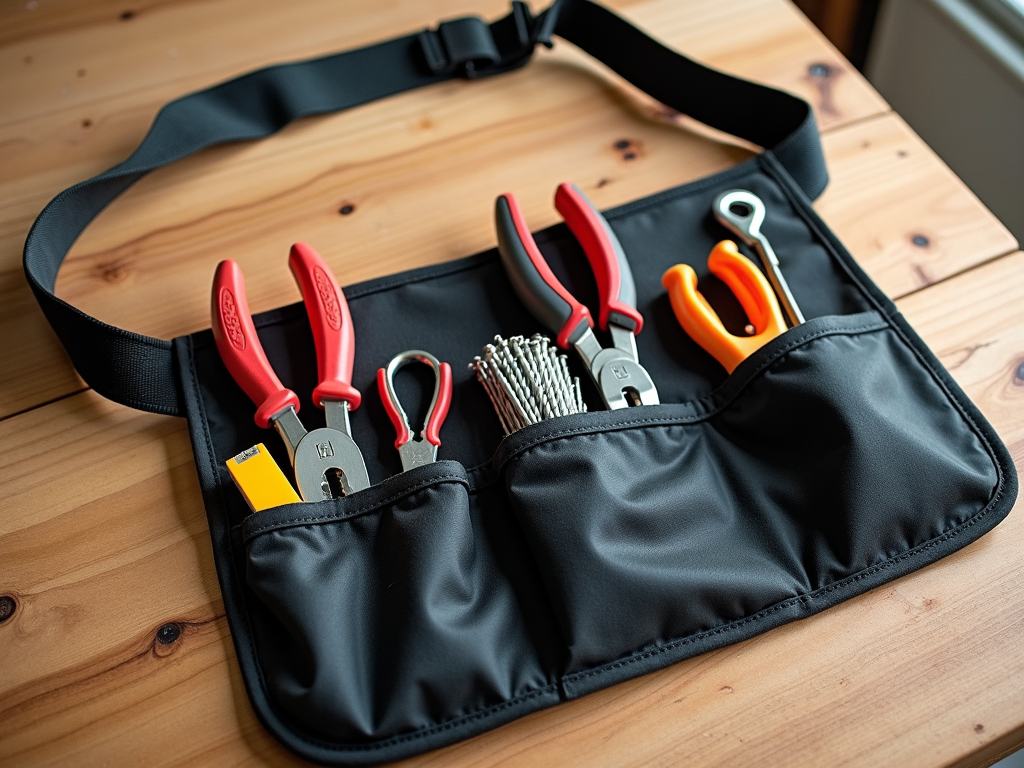
Tool Belts with Built-in Storage
Tool belts with built-in storage shine for convenience. Think hammer loops, screwdriver slots, or a spot for your tape measure. I’ve used one with a drill holster—it cut my fumbling time in half. These features keep your workman tools ready without extra bags.
Organizing Your Tool Belt
A messy tool belt slows you down. Try these tips:
- Group similar tools—like all screwdrivers together.
- Put favorites in front pockets.
- Use small slots for nails or screws.
- Clear out junk weekly.
I keep my pliers upfront—saves me seconds that add up.

Maintenance Tips
Keep your tool belt in top shape with simple care. For leather, rub in conditioner every few months—it stays soft and strong. Nylon? Wipe it with a wet cloth. I learned the hard way—neglect it, and it cracks or frays fast.
Common Mistakes to Avoid
Don’t trip up when picking your belt. Avoid these:
- Looks Over Use: A cool design won’t help if it lacks pockets.
- Ignoring Weight: Uneven loads hurt your back. Test it loaded.
- Overstuffing: Too many tools drag it down. Keep it lean.
I once bought a flashy belt with no padding—big regret.

My Take From Years of Use
I’ve worn tool belts through sweaty summers and dusty builds. Leather holds up for heavy jobs, but nylon’s my pick for quick fixes. Adjustable belts with built-in storage win every time—comfort and speed matter more than you think. Find what fits your work style.
Summary
Picking the right tool belt means matching it to your needs—material, size, and features like built-in storage. This ultimate guide to choosing the right tool belt for you gives you the know-how. Now, grab one and tackle your next project with confidence!
Related The Ultimate Guide to Choosing the Right Tool Belt for You:
- The Ultimate Guide to Modern Workman Tools with Ergonomic Design
- Top 5 Multi-Tools Every Craftsman Needs
- Essential Workshop Setup Tips for a Productive and Safe Workspace
- How to Choose the Right Pipe for Your Plumbing Needs
- Case Studies: Successful Implementation of Automation in SMEs
- How to Stay Safe on Construction Sites: Essential Tips
- 10 Space-Saving Storage Solutions for Small Workshops
- Safety Practices in Home Electrical Repairs: A Comprehensive Guide
- Essential Workman Tools for Electricians and Plumbers
- How to Choose the Right Workbench for Your Space: A Complete Guide
- How to Choose the Right Drill Bit for Your Project
- Essential Tips for Using a Multimeter
